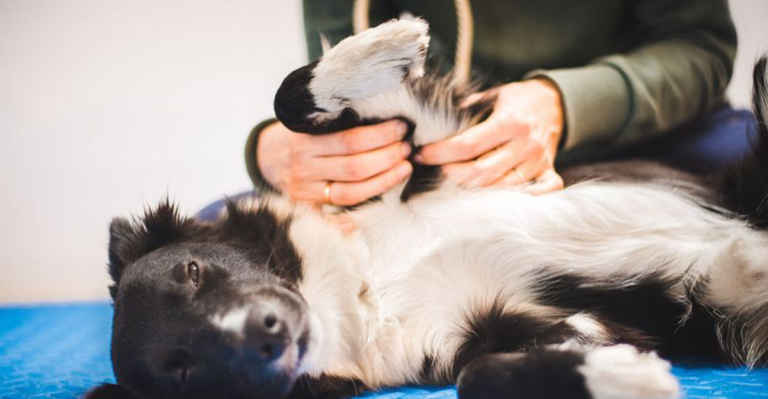8 Genius Pet Emergency Kit Tips Vets Swear By
When disaster strikes, our furry family members depend on us to keep them safe. Building a pet emergency kit isn’t just smart—it’s essential for any responsible pet parent.
Veterinarians consistently emphasize that preparation can make all the difference between panic and peace of mind during emergencies, whether it’s a natural disaster or a sudden health crisis.
1. Pack Plenty of Provisions
Your pet can’t raid the fridge when supplies run low! Store at least a week’s worth of your pet’s regular food in waterproof containers to prevent spoilage.
Rotate these supplies every two months to ensure freshness. Collapsible bowls are lifesavers—they take minimal space but expand when needed.
For water, calculate one gallon per day for a medium-sized dog and about a quarter gallon for cats. Pro tip from emergency vets: If your pet eats wet food, include pop-top cans rather than those requiring a can opener.
During stressful situations, the last thing you need is to struggle with tools!
2. First Aid Fundamentals
Veterinarians recommend building a dedicated pet first aid kit separate from your human supplies. Start with the basics: self-adhesive bandages (they won’t stick to fur), gauze pads, antiseptic wipes, styptic powder for nail bleeding, and digital thermometer.
A pet first aid guide is absolutely crucial—under stress, even the most devoted pet parents can forget basic procedures. The American Veterinary Medical Association offers printable guides you can laminate and include.
Don’t forget tweezers for splinter or tick removal, and a muzzle for emergencies. Even the gentlest pets may bite when in pain.
3. Crucial Documentation Dossier
Emergency veterinarians face an uphill battle without knowing your pet’s medical history. Create a waterproof folder containing vaccination records, medication lists with dosages, and your regular vet’s contact information.
Include a recent clear photo of your pet alongside written details of identifying marks or characteristics. This becomes invaluable if you’re separated during evacuation scenarios. Smart pet owners also add microchip information and registration details.
Consider creating digital backups on a USB drive or cloud storage that you can access from anywhere—veterinary specialists say this small step has saved countless pets during major disasters.
4. Comfort Items Calm Anxiety
Ever noticed how your pet gravitates toward items with your scent? Veterinary behaviorists explain that familiar smells significantly reduce stress hormones during chaotic situations.
Pack an unwashed t-shirt you’ve worn recently, your pet’s favorite toy, and a familiar blanket. These items create a portable sense of normalcy when everything else feels frightening and foreign to your companion.
For cats especially, consider including a small container of their used litter. The familiar scent helps them adapt to strange surroundings and reduces elimination issues during evacuation.
Comfort isn’t just about emotional well-being—it prevents stress-induced health complications.
5. Portable Pet Housing
Carrier selection matters more than most pet parents realize. Emergency veterinarians recommend hard-sided carriers for cats and small dogs—they provide better protection during chaotic evacuations and can’t collapse if items get stacked on them.
Label the carrier clearly with your contact information, pet’s name, and any critical medical needs. Line it with absorbent puppy pads topped with washable bedding for comfort and cleanliness.
For larger dogs, collapsible fabric crates save space while still providing security. Practice regular “crate drills” so your pet associates their portable home with positive experiences, not just emergencies or vet visits.
6. Sanitation Station Essentials
Maintaining hygiene during emergencies prevents secondary health issues from developing. Veterinary emergency specialists recommend packing twice as many waste bags or litter supplies as you think you’ll need—sanitation always takes longer during displacement.
Include pet-safe disinfecting wipes for cleaning paws after walking through potentially contaminated areas. A small bottle of biodegradable dish soap serves multiple purposes: pet bathing, dish cleaning, and even wound cleansing in a pinch.
Don’t forget hand sanitizer and gloves for yourself—handling pet waste during emergencies requires extra precautions. Newspaper makes an excellent backup litter substrate when traditional supplies run low.
7. Medication Management System
Medication interruptions can be life-threatening for pets with chronic conditions. Create a waterproof container with a two-week supply of all medications, clearly labeled with names and dosing instructions.
Veterinary pharmacists suggest taking photos of original prescription labels as backup documentation. Include basic over-the-counter medications approved by your vet, such as antihistamines for allergic reactions or mild sedatives for extreme anxiety.
Rotate medications regularly based on expiration dates, and include any special administration tools like pill pockets or liquid droppers.
For refrigerated medications, invest in insulated medication bags with cold packs that maintain proper temperature for 24-48 hours.
8. Regular Kit Maintenance Schedule
Emergency veterinarians see it constantly: perfectly packed kits rendered useless by expired medications or outgrown supplies. Mark your calendar for bi-annual kit reviews—many pet owners choose daylight saving time changes as their reminder.
During these checks, replace expired items, update medical records, and ensure food supplies remain fresh. Photos should be updated annually or whenever your pet’s appearance changes significantly. Practice emergency drills with your pets several times yearly.
Time how long it takes to locate your kit, secure your pet, and load everything into your vehicle. These rehearsals build muscle memory that proves invaluable when genuine emergencies strike, dramatically reducing evacuation time.














